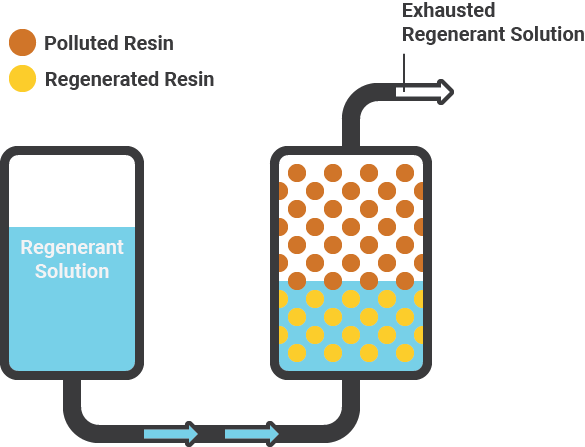
13 Sep What is a Deionized Water System?
A deionized water system is a collection or group of DI water tanks and other components that when connected together produce very high purity water. The DI tanks are often made of fiberglass, and made in a few most preferred sizes according to feed flow rates.
How Many Tanks Are Needed?
A deionized water system can be either a one tank setup or a multi-tank system that can produce reverse osmosis, ultraviolet (UV) disinfection and elaborate water quality monitoring equipment. DI tanks contain resin which selectively remove ions from water. When these tanks are worn out, they need to be replaced by the service provider.
Most people with a di water system require standby DI tanks onsite to make sure they have an uninterrupted flow of deionized water. The DI tank exchange frequency depends on the incoming water quality and the amount of water being used.
When Does A Tank Start To Fail?
As a rule the ionic load that grows in the incoming feed water will result in less gallonage produced by the DI tank.
A DI water system is a very clean solution for producing deionized water because Nationwide DI handles all the equipment, off site regeneration, hazardous chemical handling, maintenance, and emergency repairs for the deionized water system.
You might have a DI system is used with, or in place of, a reverse osmosis system. if so DI can be used in conjunction with a reverse osmosis system to produce reliable high quality deionized water. The RO system will remove a bulk of dissolved solids (90% to 99%) before entering the DI tank. After this removal, it will then remove any remaining ions in the water. Placing an RO before DI tanks will allow you to get a much longer run length from your DI tanks and reduce cost.
However, an RO system requires a much larger upfront investment, constant maintenance, and the ability to discharge brine waste from the RO unit which must be considered when choosing a DI system.



No Comments